Affiliate links on Android Authority may earn us a commission. Learn more.
Samsung might use nine-in-one pixel binning for Galaxy S11. What does that mean?
December 17, 2019
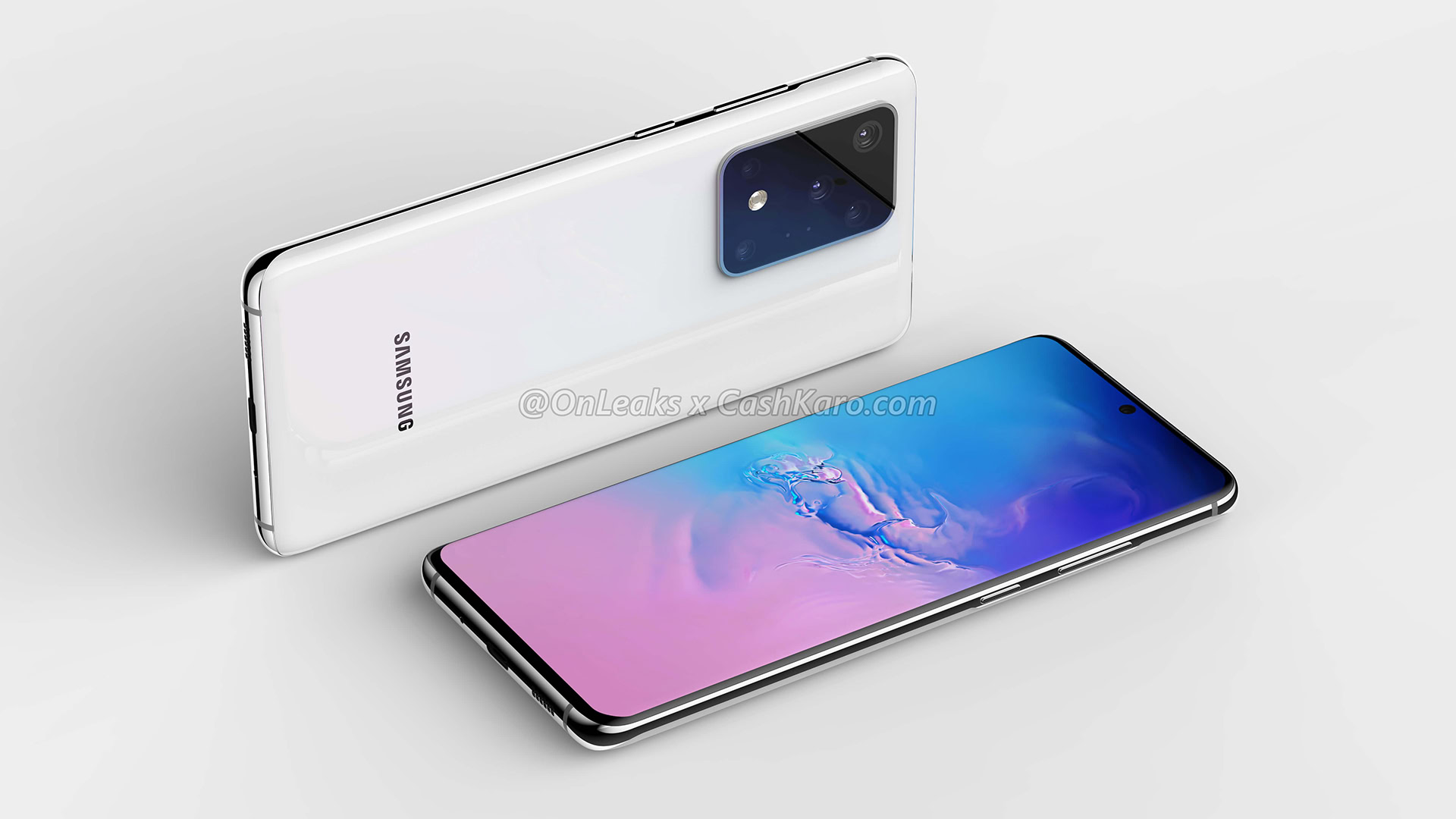
The Samsung Galaxy S11 is widely expected to offer a 108MP main camera, delivering a massive resolution jump compared to other cameras. It’s also believed that this sensor will be an upgrade compared to the first 108MP sensor, the Samsung Isocell Bright HMX.
Now, tipster Ice Universe has claimed that the Galaxy S11 Plus’s 108MP camera will actually offer nine-in-one pixel binning. This is an improvement over four-in-one pixel binning used by everyone else in the industry, which sees light data from four pixels combined into one. With the new method, data from a block of 3×3 pixels is combined to form one “super pixel.”
The tipster notes that the new 108MP camera sensor delivers pixel-binned images equivalent to a 12MP 2.4-micron pixel shot as a result.
Massive pixels when binned (kind of)
The supposed sensor’s effective pixel size of 2.4 microns, if true, is much bigger than anything you’ll see on a modern smartphone. This is a big deal because larger pixels capture more light, resulting in better low-light pictures.
This 108MP Galaxy S11 Plus sensor could therefore best the 108MP Isocell Bright HMX at night, which churns out snaps equivalent to a 27MP 1.6-micron pixel image. Daytime shooting while pixel binned might swing in the HMX’s favor owing to the higher output resolution and reduced need for large pixels. But both sensors ought to be able to shoot at a full 108MP during the day anyway, using all those megapixels to deliver much improved detail in broad daylight.
This rumored sensor would theoretically offer better low-light capabilities than 64MP and 48MP sensors too. These 48MP and 64MP sensors churn out pixel-binned images comparable to a 12MP 1.6-micron pixel snap, using four-in-one binning. The new sensor would deliver the same resolution but with much better light sensitivity in theory.
Could it beat 12MP cameras?
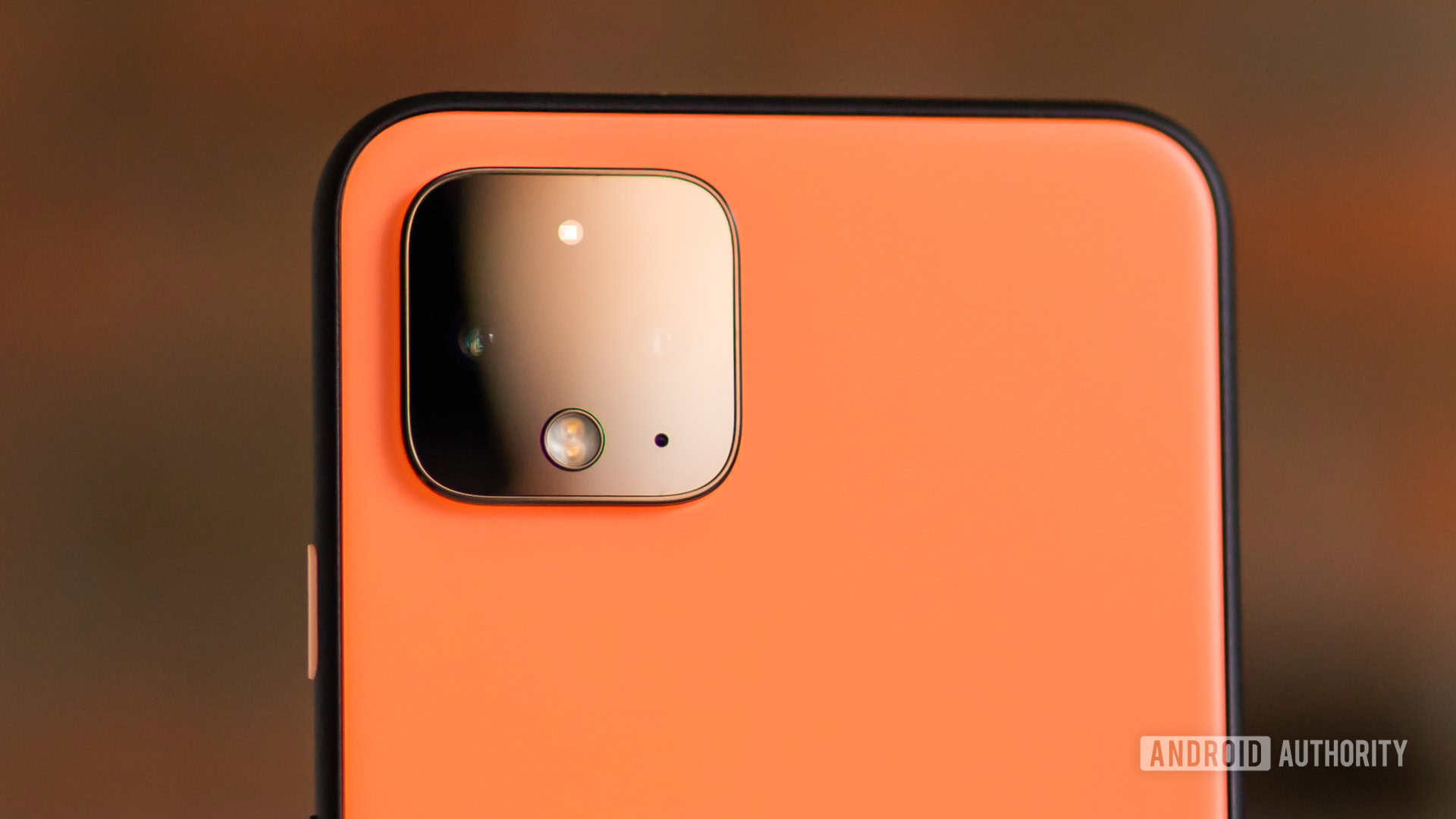
In the best case scenario, we might even see the rumored 108MP sensor offer better low-light shots than normal 12MP cameras. That’s because 12MP sensors on today’s flagship phones all generally offer a 1.4-micron pixel size compared to the binned equivalent of 2.4 microns seen on the apparent new sensor. That’s a massive difference compared to 48MP and 64MP cameras, which offer the equivalent of 1.6-micron pixels when binned.
But victory isn’t guaranteed though, as the new 108MP sensor for the Samsung Galaxy S11 Plus will likely have physical pixels that are 0.8 microns in size or smaller (much smaller than the physical pixels on 12MP cameras). Ultra high-resolution cameras usually have small physical pixels to fit the constraints of a smartphone. Going for bigger pixels requires an increase in sensor size, which is usually accompanied by a significant camera bump.
Effective pixel size versus actual pixel size
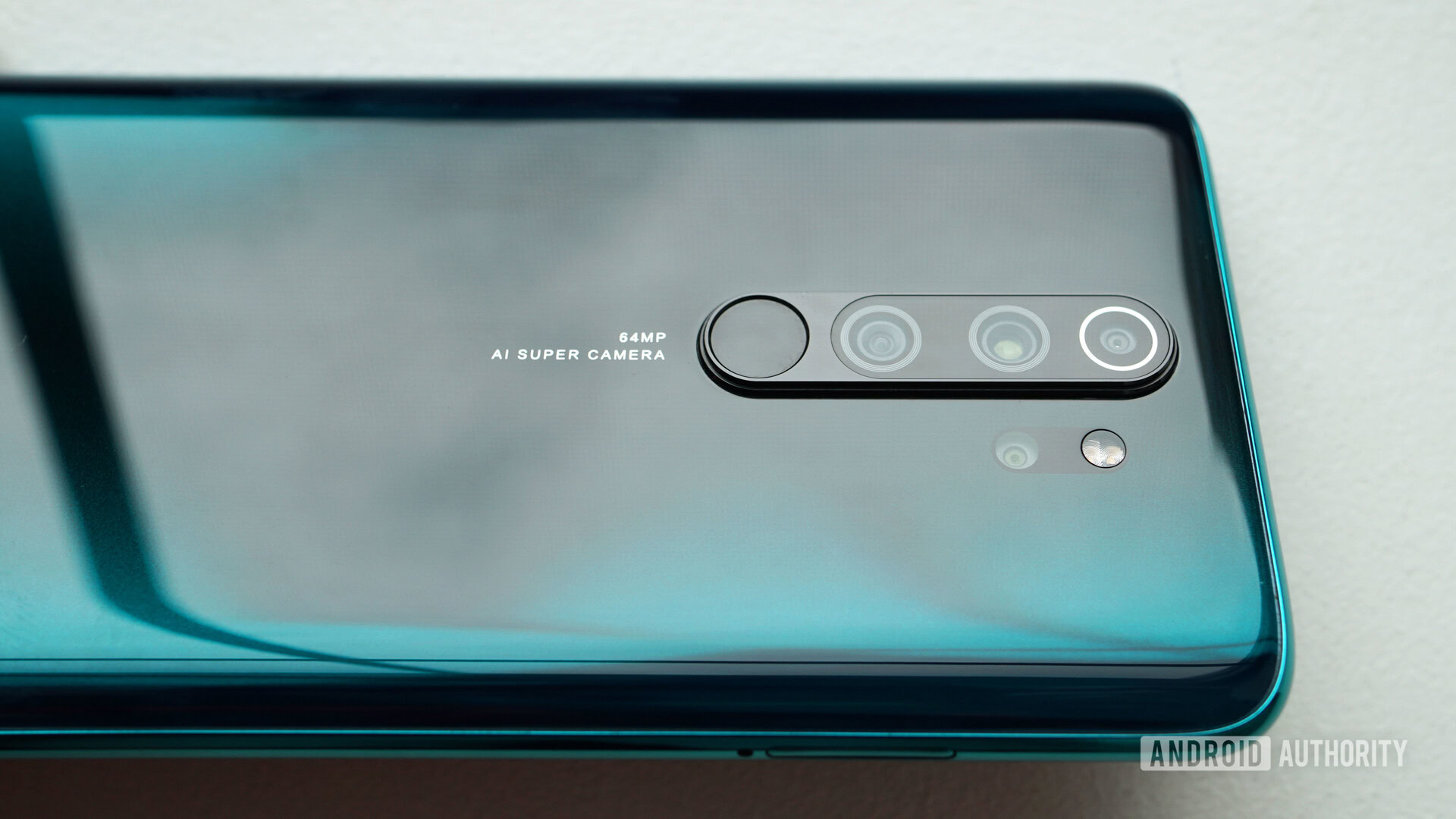
We already see with many 48MP and 64MP phones that even though they tout results equivalent to 12MP 1.6-micron images, results don’t necessarily hold up to 12MP 1.4-micron pixel phones (e.g. Google Pixel 4).
This quality gap can at least partially be chalked up to some brands with 12MP cameras touting better image processing technologies. The quality gap is also partially due to higher end phones often touting better quality lenses, while cheaper phones skimp on this and suffer as a result.
But a smartphone sensor that has tiny physical pixels is still at a disadvantage compared to a 12MP sensor, even if it’s using pixel-binning to combine data from these pixels into one. That’s because each physical pixel is still capturing less light than a sensor that has larger pixels to begin with.
It’s a bit like having a big field (camera sensor) divided by many walls into many tiny fields (pixels) versus the same field divided by fewer walls into fewer, larger fields. The bigger fields simply offer more room compared to the smaller fields.
Diminishing returns?
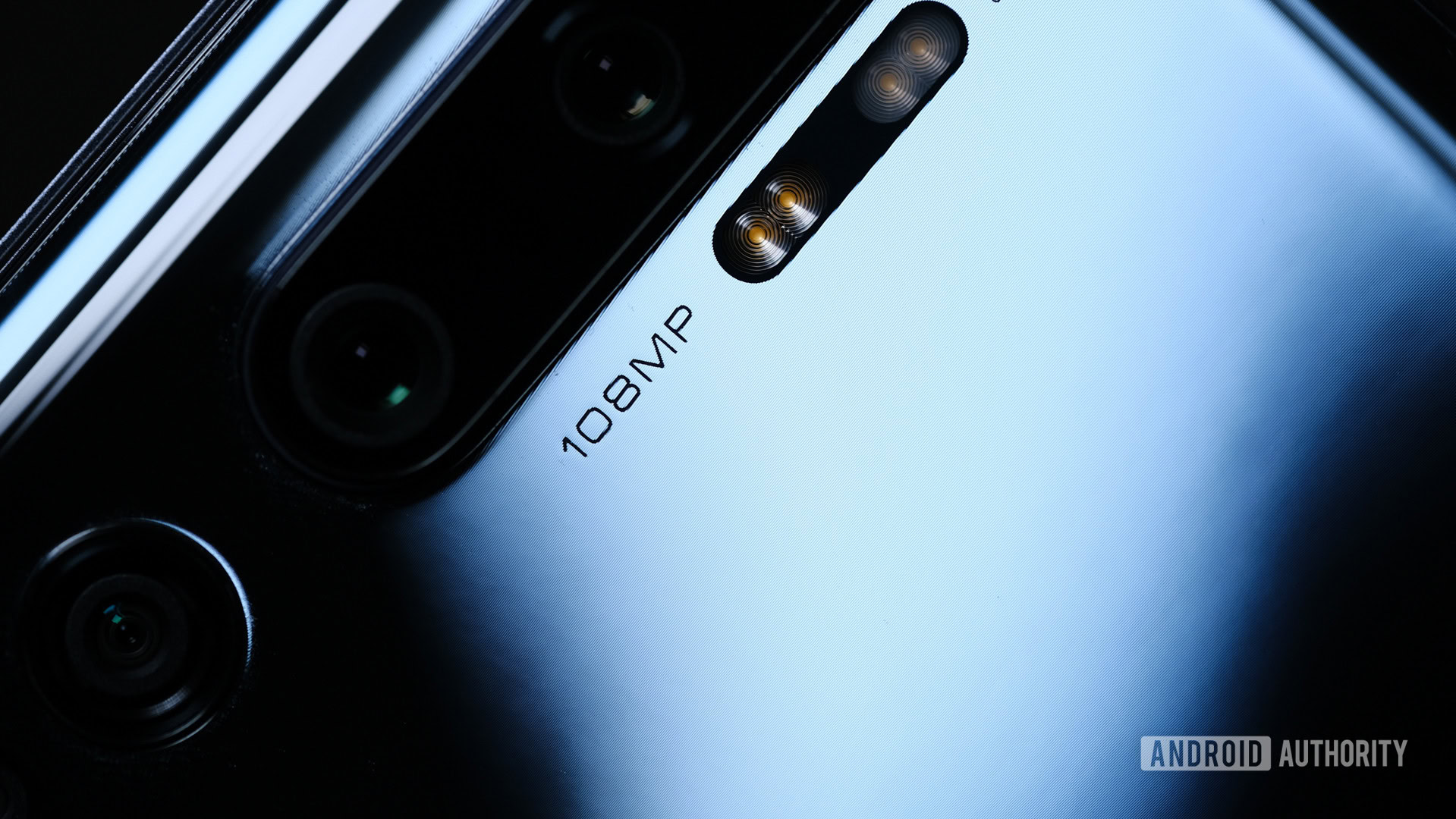
Another disadvantage of smaller physical pixels is that light contamination can occur between them, as light captured from one pixel spills to another pixel. This means that the tiny amount light you’ve captured on a phone with smaller physical pixels might not be accurate. This isn’t usually a big problem for sensors with larger pixels, owing to the relative abundance of light being captured in the first place.
Then there’s the question of whether nine-in-one pixel binning isn’t a step too far for photography. While it certainly sounds like a great idea for low light, it might come at the expense of full-resolution shots. Your traditional 48MP sensor sees adjacent 2×2 blocks of pixels sharing the same color filter, as opposed to each block of pixels having its own color filter. This means you’re looking at a quarter of the color resolution compared to the output resolution.
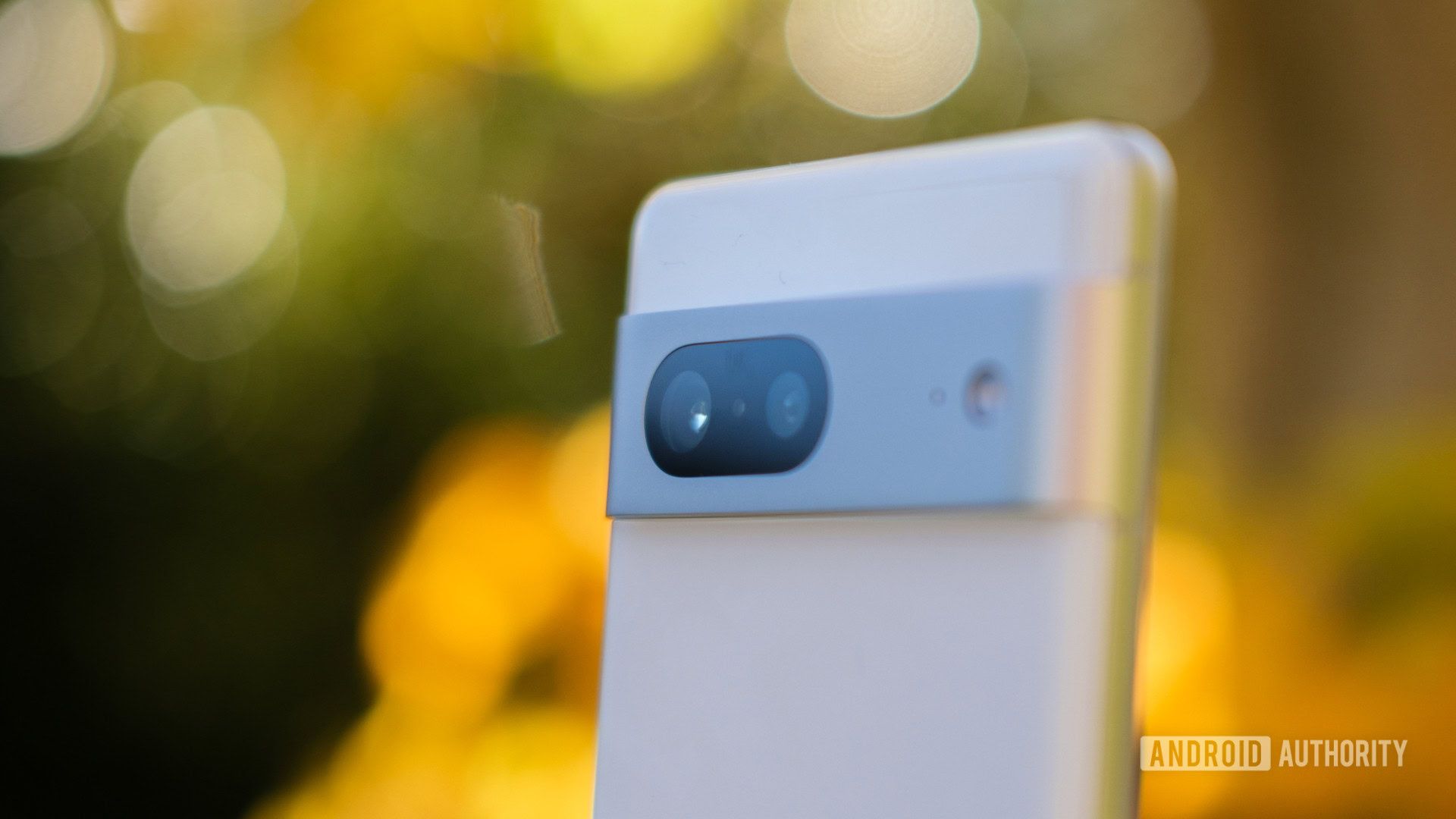
This problem will only be exacerbated by a potential switch to 3×3 blocks of pixels sharing the same color filter, with the color resolution theoretically being reduced even more at worst. Remosaic algorithms will undoubtedly be working overtime to fill in the color gaps on this apparent 108MP sensor.
Nevertheless, the massive difference in binned pixel size between this alleged 108MP sensor and 48MP/64MP sensors means we’re very likely looking at this new sensor delivering better night-time shots.
Either way, we’re hoping this rumored 108MP sensor is more than just a rumor when the Samsung Galaxy S11 launches. We’ve seen brands use four-in-one pixel binning to achieve some great results in the last year or so, and we’re excited to see what can be done if the technology takes another step forward.